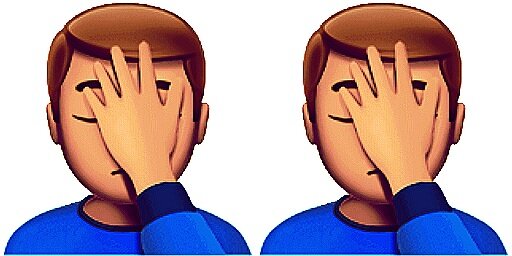**
A Memorial to Failure
Mahmoud Khaled in conversation with Bassam El Baroni
December 2014.
Originally published on Vdrome
..........
Bassam el Baroni Key to unlocking this work is an understanding of the artistic block you went through back in 2010-2011. It seems no small coincidence that those years saw the intensification of political protest around the world. At the crux of this block was a shift in the way you began thinking art and the political. Revisiting this particular block almost four years later, how would you look back at the conditions that led you to produce the work?
Mahmoud Khaled Back then I understood the block as a kind of failure. Berardi was about to visit my studio and pre-empting a deep sense of failure on showing him old work I decided to turn the occasion into a kind of monument or celebration of the conditions that led to it, a celebration of my failure as a professional. I have now started to realize that failure, in an abstract sense, is overrated and has become a subject for successful artworks circulating the market so I am no longer interested in failure in itself. However, it was crucial for me at the time to admit my professional vulnerability and failure in order to get over it and move on artistically. The political events back then seemed to have a new intensity to them which was overwhelming, I lost my comfort zone and capacity to take a critical distance and as a consequence there was a sense of being at loss. It became clear that I hadn’t lost my ability as an artist but had lost my connection to a particular understanding of art that had worked for me up until these events. I could no longer speak through that connection or with that voice. I had to stop pretending that I was confident of my professional tools and find a way to explain the pain of this loss in order to get over it; this is how the work came about.
BeB What you call “professional vulnerability” is in a sense the condition of precarity which can be argued is a necessary condition for current modes of capitalist exchange. Could we say that precarity is reflected in the choice of using cable car shots as the main imagery in the work? Interestingly, there also seems to be a particular sense of freedom or liberation that comes with the acknowledgment of precarity, how do you see this vis à vis the footage and Berardi's talk through?
MK Of course precarity is very connected to the contemporary mechanisms of capitalism but if artists’ glamorize it then they are giving in to it as a permanent condition. I wanted to balance precarity with a new sense of artistic liminality, art as a kind of critical and aesthetic ritual that embodies the threshold the world is at currently. This balancing act is essential to how the work functions. On finishing the editing of Berardi’s audio conversation, I sensed a need to connect it to powerful imagery to achieve this balance. The cable car as a moving construct became a strong material and architectural manifestation of this state that I was trying to unpack. It is kind of ritualistic since we pay money to take these impractical rides that have us hanging in mid-air. What we pay for is basically the experience and the stunning view on the transitional trip between two points, you are always on a threshold during such a trip and metaphorically, this was exactly what I was looking for.
BeB You seem to be suggesting that there is a contemporary sublime connected to the current economic and political conditions of the world? If so how is this different from previous manifestations of the sublime in art history?
MK The contemporary sublime is a kind of weird allegorical experience. Unlike the previous sublimes encountered in art history it is not visualised or materialised in reality, and does not happen at a particular moment or site. Yet, I think it remains embedded as a strange left-over in our current emotional complexities and appears when the complexity of events characterizing contemporary life reaches a certain level of extremity. How can I capture, represent or visualize this contemporary sublime in my work? That, seems to be a difficult question I often find myself preoccupied with.

